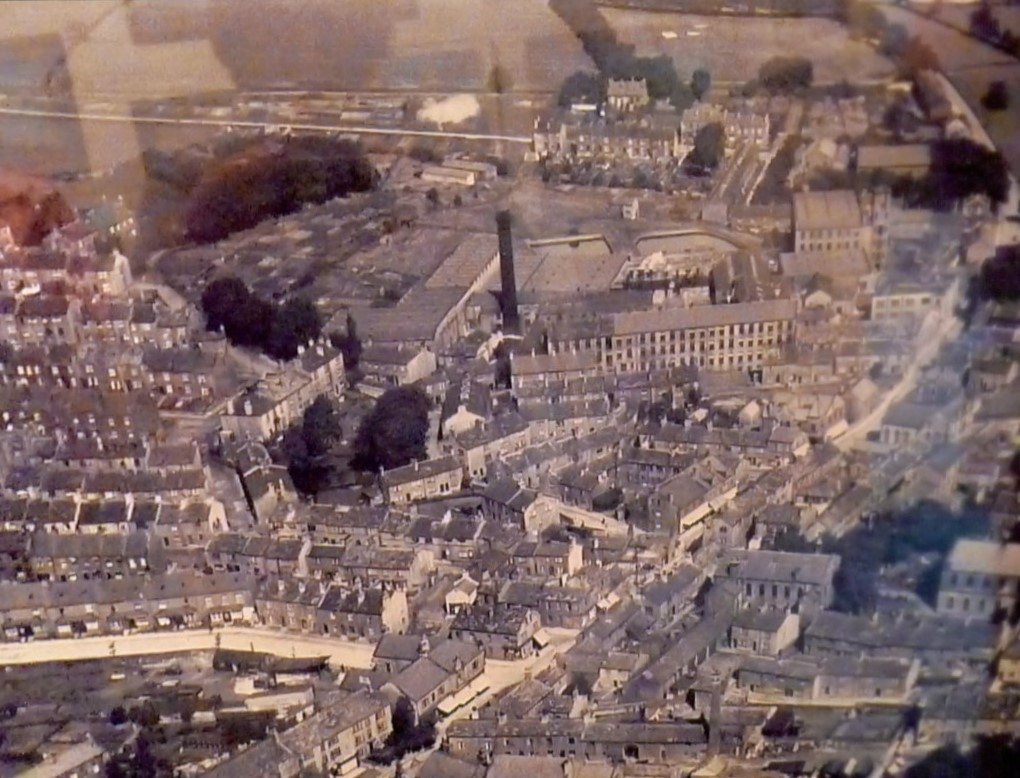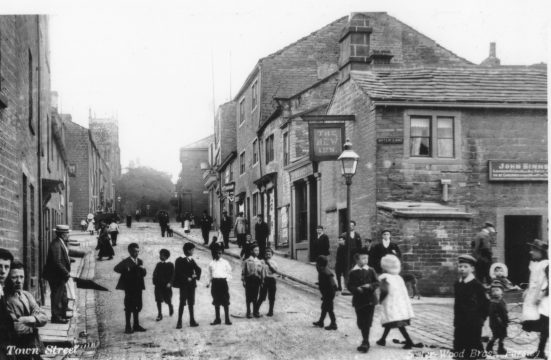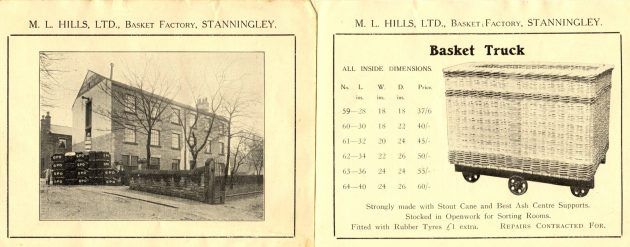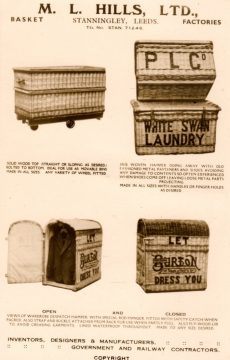
For many centuries the main industry of Farsley was textiles of which Sunny Bank Mills was very much a part of. In fact, at the start of the 20th Century there were 12 textile mills alone just in the Farsley district. The health reports and building surveys of the time build a picture of a village thick with black smoke from this power force and an endless battle to keep the roads repaired due to the amount of traffic going up and down Farsley Town Street.

To make a textile mill run not only takes a vast and skilled work force but the support of many other industries. The transportation of most goods at this time was by horse and cart and the movement of supplies were transported in wicker. No plastic or cardboard existed at this time and so wicker manufactured items were big business. Sunny Bank Mills has many examples of wicker used in all the departments of the mill from skeps to skips and baskets. Most of the wicker manufactured was made down south at this time but here in Farsley we had a closer supplier, M L Hills Ltd in Stanningley. The process of wicker manufacture has always been a skilled manual job. Just like the textile industry the physical skill of the individual was a necessity to production. As time and industry moved on the textile production has seen many machines replace elements of cloth manufacture. But in wicker manufacturing no machinery has ever replaced the skills of the individual.

Many different types of baskets were made ranging from ‘fancy’ domestic items such as dog baskets, shopping baskets, fishing creels, waste paper baskets, paper trays, log baskets, furniture, to industrial skips (open basket) and skeps (with a lid) in many different shapes and sizes.

The large baskets were made of cane and had ‘shoes’ – wooden runners fitted to the base to make them more robust. The basket makers were so skilled they could make anything after a 5-year apprenticeship. As the textile industry declined and plastic’s and cardboard invented the skills of all the mills working with and for the textile industry were affected. The unique objects of the Archive therefore produce many stories and touch not only the textile industry but all other industries and people in a small village called Farsley.
M L Hills Ltd research and images kindly supplied by Jo Heaton
Back To Blog Next (Volunteer trip to the National Arts in Education Archive.) Prev (WHY CULTURE SHOULD BE AT THE HEART OF THE PLANNING PROCESS)Tags
General Museum & Archive Arts & Culture
